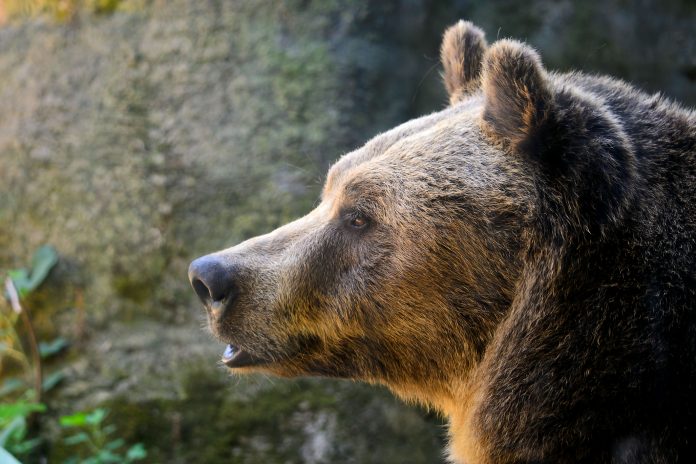Tracking the movements of large wild animals, researchers developed the software ‘enerscape’ – protecting species and helping humans avoid animal contact
Large land animals impact the ecology and biodiversity of the regions of land they live in and navigate. Should these routes, such as stopping places of cattle, horses, sheep, and those of wolves or bears overlap with those of people, this contact between humans and animals could easily lead to conflict.
Therefore, predicting the movement patterns of animals is important to safeguard agriculture and forestry, and protect the safety of human travellers as well as the security of human infrastructures.
Necessary for nature and landscape protection
An international team led by the German Centre for Integrative Biodiversity Research, the Friedrich Schiller University Jena, Aarhus University and the University of Oxford developed ‘enerscape’ – a new software to create animal maps easily and cost-effectively.
Traditional maps of animal movements usually based on long-term surveys of so-called telemetry data, coming from individuals fitted with radio transmitters. This type of map-making is often time consuming and expensive, and lack of radio contact in some areas often entails a lack of data collection.
However, these new maps being made by enerscape are simpler than measurements obtained using radio transmitters – additionally, they can be used where conventional methods fail.
Tested in the Abruzzo region of Italy, the software tracks the movements of the endangered and protected Marsican brown bear, around the region of the Sirente Velino Regional Park. By recording the bears’ patterns of movement in the 50,000-hectare park, the maps can protect the threatened species as well as the people living there, and the sensitive flora.
Dr Emilio Berti, first author of the study, said: “What’s special is that the software requires very little data as a basis. The energy an animal needs to expend to travel a certain distance is calculated, based on the weight of that animal and its general movement behaviour. This energy expenditure is then integrated with the topographical information of an area.
“From this information we can then create ‘energy landscape maps’ for individuals as well as for groups of animals. Our maps are calculated rather than measured and thus represent a cost-effective alternative to traditional maps.
“In particular applications, such as the conditions in the Italian national park, our method makes the creation of movement pattern maps actually possible at all.”
Bears use routes which require the least energy expenditure
Published in the journal Methods in Ecology and Evolution, researchers found that bears choose paths that require less energy expenditure using enerscape.
These paths, often leading through settlements, can often result in fatalities for the animals, should bears come into contact with people. This software can help avoid this encounter. The software additionally predicts that bears wanting to save energy will tend to stay in valleys, far away from human settlements. It also identify bear conflict and protection zones, with its maps being able to check whether landscape elements are still well-connected enough to enable the animals to move around the area sufficiently.
Enerscape is based on the widely used programming language ‘R’, with its modular structure it can process animal movement and topographical data from a wide variety of ecosystem types.
Emphasising the special nature of enerscape, Professor Fritz Vollrath from the Department of Zoology at the University of Oxford and senior author of the study said: “This makes it possible for both researchers and wildlife managers to adapt the software to a wide variety of landscapes and animals.
“This means that the number of maps of animal movement in landscapes will increase in just a short time. With significantly more cartographical data, the understanding of the behavioural ecology of a species in a certain habitat will also fundamentally change.
“This will primarily benefit nature conservation and, in particular, rewilding measures – the reintroduction of wild animals.”











